![]()
![]()
![]()
Use LEFT and RIGHT arrow keys to navigate between flashcards;
Use UP and DOWN arrow keys to flip the card;
H to show hint;
A reads text to speech;
26 Cards in this Set
- Front
- Back
|
Chemical Property |

The property that describes how a substance changes into a new substance. |
|
|
Physical Property |
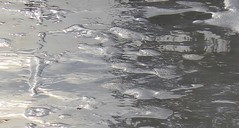
A characteristic that distinguishes one type of matter from another and can be observed without changing the identity of the substance. |
|
|
Chemical Change/Reaction |
The process in which the physical and chemical properties of the original substance change with different properties. |
|
|
Flammability |

The ability to burn. |
|
|
Mixture |

Matter that consists of 2 or more substances mixed, but not chemically combined. |
|
|
Heterogeneous Mixture |
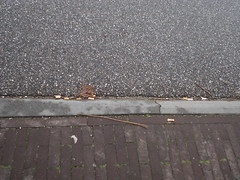
A substance that doesn't seem the same throughout. |
|
|
Homogeneous Mixture |

A mixture that appears the same throughout. |
|
|
Colloid |
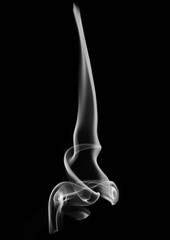
A homogeneous mixture in which the partials are mixed together, but not dissolved. |
|
|
Solution |

A homogeneous mixture in which one substance is dissolved in another. |
|
|
Solute |
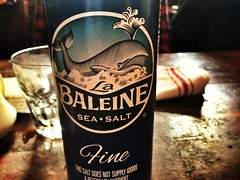
A substance that is dissolved into another. |
|
|
Solvent |
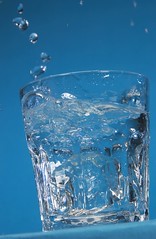
A substance that does the dissolving. |
|
|
Solubility |
The amount of solute that can be completely dissolved in a given solvent at a specific temperature.
|
|
|
Alloy |

Metal solution, solid dissolved in a solid. |
|
|
Pure Substance |
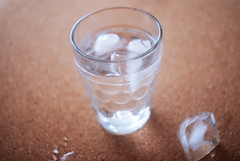
A substance made of one type of material and has definite properties. |
|
|
Element |

The simplest pure substance. |
|
|
Atom |
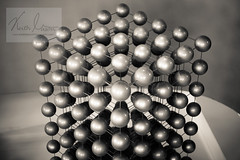
The 'basic building block of matter'. Smallest particle of an element, that has the properties of an element. |
|
|
Chemical Symbol |
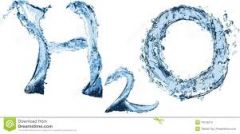
A short hand way of writing an element. |
|
|
Compound |
Two or more elements chemically combined. -can be broken down |
|
|
Molecule |
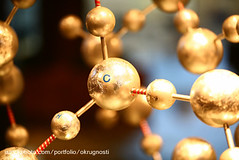
Two or more atoms chemically bonded. |
|
|
Chemical Formula |
A short hand way to represent chemical substance. |
|
|
Chemical Equation |
Symbols, numbers, and formulas used to represent a chemical reaction. |
|
|
Coefficient |
The number placed in front of a symbol or formula that tells how many atoms or molecules of a substance are involved in a reaction. |
|
|
Subscript |
The number written to the lower right of an element. Tells how many atoms of an element are in a compound. |
|
|
Proton |
a subatomic particle found in the nucleus of an atom with a positive charge (+) |
|
|
Neutron |
a subatomic particle located in the nucleus of an atom with no, or neutral charge
|
|
|
Electron |
subatomic particle located outside the nucleus of the atom with a negative charge (-) |

